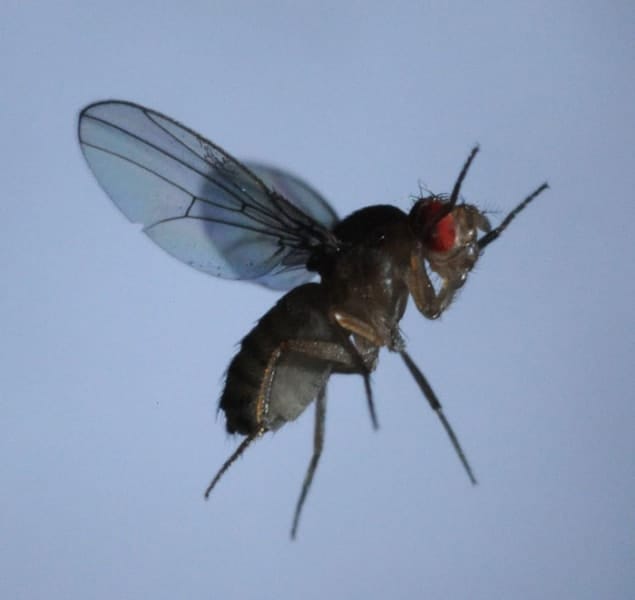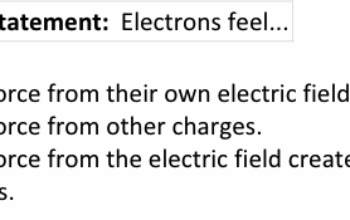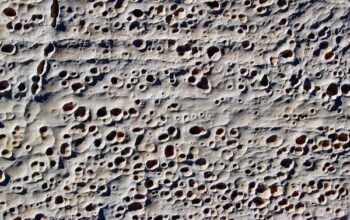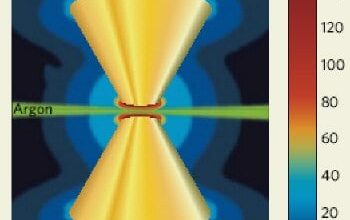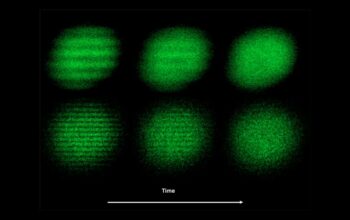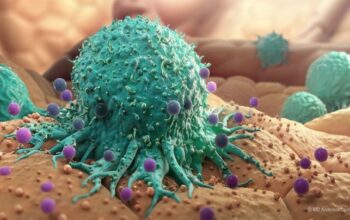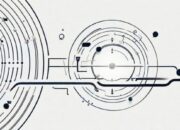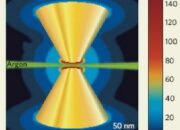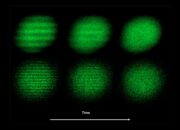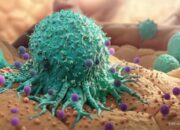The phenomenon of fruit flies ‘swimming’ through the air has intrigued both lay observers and scientists alike. At first glance, one might dismiss this behavior as mere caprice, but a deeper exploration reveals a complex interplay of aerodynamics, neurobiology, and evolutionary mechanics at work. This article delves into the unique locomotion of Drosophila melanogaster, the common fruit fly, and uncovers the underlying principles governing their aerial acrobatics.
Fruit flies are often seen performing intricate maneuvers in flight, akin to swimmers navigating through water. The term ‘swimming’ here is metaphorical, describing a form of locomotion characterized by rapid changes in direction, thrust generation, and a seamless transition between upward, downward, and lateral movements. Understanding how these diminutive organisms achieve such astonishing aerial dexterity requires an examination of their morphology and flight mechanics.
One of the most notable features of fruit flies is their incredibly sophisticated wing structure. Each wing, although nominally simple in design, is an engineering marvel. The wings are thin membranous structures strengthened by a rigid vein framework, optimizing their strength-to-weight ratio to enhance performance during flight. Furthermore, these wings can beat independently at rates of up to 200 Hz, producing rapid aerodynamic forces that grant the flies remarkable agility. The intricate control of wing flapping frequency and amplitude enables fruit flies to engage in complex flight patterns, including hovering, darting, and sudden changes in trajectory.
Fruit flies utilize two primary thrust mechanisms during flight: unsteady aerodynamics and continuous lift generation. When a wing beats downward, it creates regions of high and low pressure above and below the wing, leading to lift. The rapid wing motions induce a vortex shedding phenomenon, whereby a rotating mass of air trails behind the wing, effectively reducing drag and facilitating quick accelerations. During the stroke reversal, the wings undergo a rotation that not only optimizes the angle of attack but also harnesses the energy from the trailing vortices to generate additional lift on the upstroke.
A notable aspect of fruit fly flight is their capacity for agile maneuvering in three-dimensional space. When chasing after potential mates or evading predators, Drosophila are capable of executing elaborate aerial pirouettes and sudden 180-degree turns. This ability can be attributed to their sensory apparatus, which includes compound eyes and antennae. The compound eyes provide a broad field of view, allowing the flies to perceive motion in their environment rapidly. Meanwhile, the antennae serve as highly sensitive mechanosensors that detect even slight changes in air currents, thus facilitating real-time adjustments in flight posture and maneuverability.
The neurobiological mechanisms underlying flight control are equally fascinating. Fruit flies possess an extensive neural network dedicated to processing sensory inputs and coordinating motor outputs. This neural architecture is both adaptive and resilient, enabling them to respond dynamically to environmental stimuli. The central nervous system integrates sensory information from the eyes and antennae, which then influences motor neuron activity responsible for wing movements. Consequently, the coordination between sensory perception and motor execution is a critical aspect of their flight dynamics, allowing Drosophila to navigate complex terrains with aplomb.
From an evolutionary standpoint, the flight capabilities of fruit flies are indicative of their adaptive strategies. The ability to swiftly navigate through the air not only aids in foraging and escaping predators but also enhances reproductive success, as mating behaviors often occur in midair. The evolutionary pressures exerted on these behaviors have undoubtedly shaped the anatomical and physiological traits observed in fruit flies today. The exploration of these traits will require a multidisciplinary approach, encompassing principles from biomechanics, genetics, and evolutionary biology.
Furthermore, the study of fruit fly locomotion extends beyond the realm of biology and touches upon physics, specifically fluid dynamics. The mathematical modeling of fruit fly flight generates insights into how biological systems can inform and enhance our understanding of fluid behavior. For instance, researchers employ computational fluid dynamics to simulate the fluid-structure interactions that occur during flight, thereby elucidating how small organisms can generate lift in a seemingly paradoxical environment. Such interdisciplinary studies help bridge the gap between biological phenomena and physical principles, revealing the underlying unity of these disciplines.
Interestingly, understanding the flight mechanics of fruit flies has practical implications in the fields of robotics and artificial intelligence. By mimicking the unique wing flapping patterns and maneuvering strategies of these insects, engineers are developing bio-inspired drones that mimic the versatility of fruit flies. These advancements could lead to significant improvements in aerial surveillance, search-and-rescue operations, and various other applications that require agile and compact flying machines.
In conclusion, the mesmerizing ability of fruit flies to ‘swim’ through the air serves as a testament to the intricate interdependence of biological structures, physical laws, and evolutionary history. As scientists continue to unravel the complexities of fruit fly flight, the deeper implications of their research may redefine our understanding of movement through the air and inspire innovations across multiple scientific fields. The captivating dance of the fruit fly offers not only a glimpse into the wonders of natural selection but also an invitation to explore the conduits through which physics and biology coalesce in dynamic and unexpected ways.
